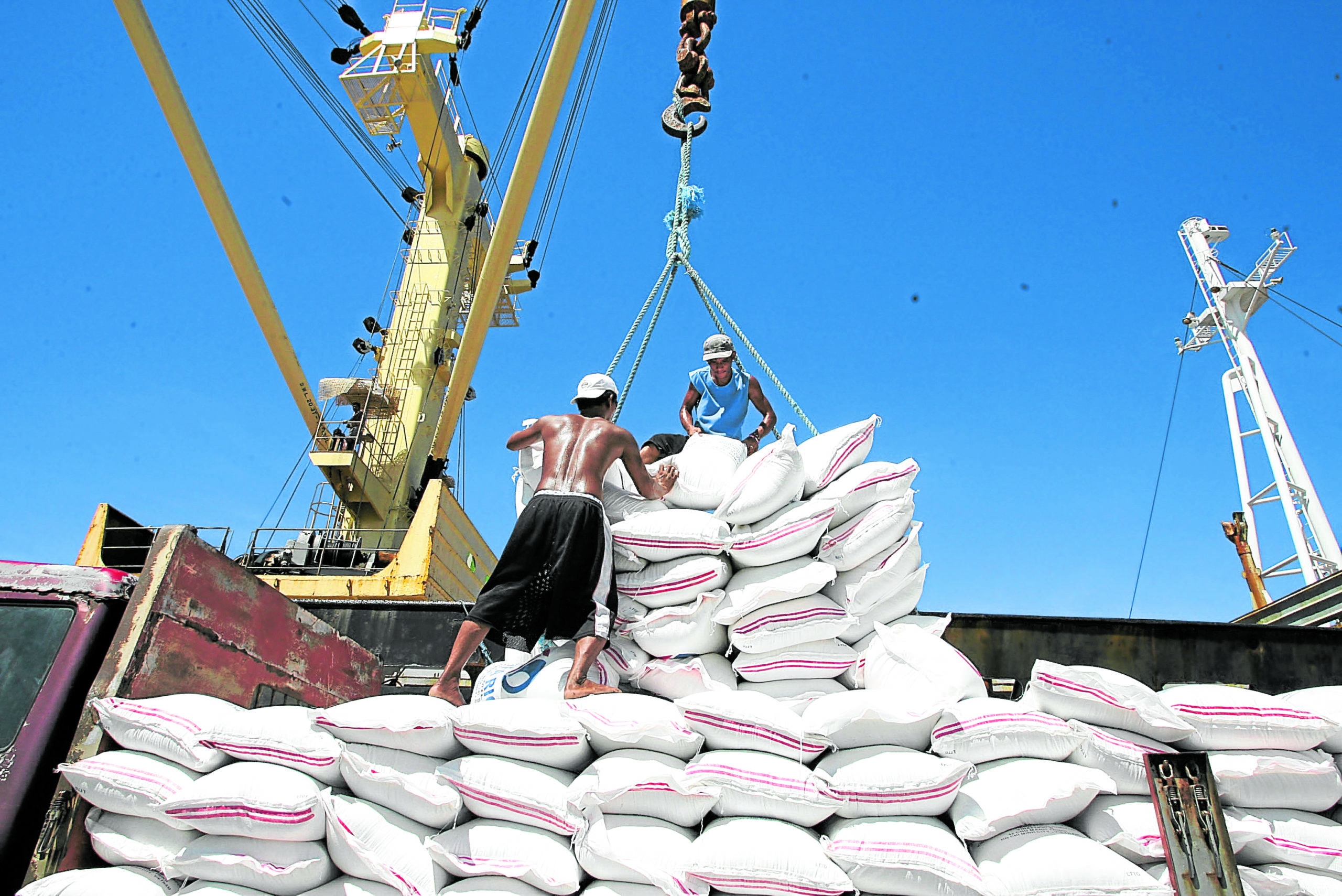PH needs to import 3M MT of rice to address looming shortage

INQUIRER FILE PHOTO/EDWIN BACASMAS
The Philippines will have to import as much as 3.4 million metric tons (MT) of rice next year to meet the anticipated shortage of the staple.
“We will need to import between 3 [million MT] [and] 3.4 million [MT] of rice next year to end up with a 90-day carryover stock by year end of 2023,” said the Federation of Free Farmers (FFF) in a report by its chair Leonardo Montemayor.
Based on its projections, the ending stock is pegged at negative 427,000 MT by the end of the third quarter of 2023.
“By year end, it will be a measly 321,000 tons, good for only nine days,” it said. “As early as July 2023, there will already be upward pressure on prices, because the carryover stock from the first semester will be equivalent to only one month supply.”
The FFF made these simulations based on the following assumptions: the annual production of rice this year might be lower and next year’s output per semester or quarter will remain the same as in 2022.
It also assumed that no imported rice will enter the country by next year yet food utilization is said to be 1.3 percent higher than a year ago, given the population growth of 1.3 percent.
“Seed use in 2023 is assumed to be the same as in 2022, since there is no change in production,” it said.
So far, the country has imported 3.54 million MT of rice as of Dec. 8, up by 27.9 percent from the 2021 volume of 2.77 million MT reported earlier, based on the Bureau of Plant Industry’s latest tally.
On a monthly basis, the biggest volume of rice imports was recorded in August at 433,454 MT.
Vietnam has remained the country’s leading source of imported rice with almost 3 million MT, equivalent to 83.5 percent of total rice imports. This was 25.4 percent higher than the 2.36 million MT it exported to the Philippines last year.
Myanmar came next with 231,738.18 MT, an increase of 17 percent from 196,718.9 MT a year prior.
The Philippines also imported 172,245.375 MT of rice from Thailand, 31.2 percent higher than the previous131,256.5 MT.Meanwhile, the Philippine Statistics Authority reported that the farm gate price of palay stood at P17.37 per kilogram, an increment of 10.1 percent from P15.78 per kg.
“All regions recorded positive year-on-year growth rates in October 2022,” according to the PSA.
The Davao Region, it noted, posted the highest annual increase of 18.1 percent for the period as its farm gate price reached P17.12 per kg.
RELATED STORIES
P6 per kilogram increase in rice prices feared
Rice too pricey? Ex-DOH chief suggests ‘unli kamote’
PH still world’s biggest rice importer
Disclaimer: The comments uploaded on this site do not necessarily represent or reflect the views of management and owner of Cebudailynews. We reserve the right to exclude comments that we deem to be inconsistent with our editorial standards.
